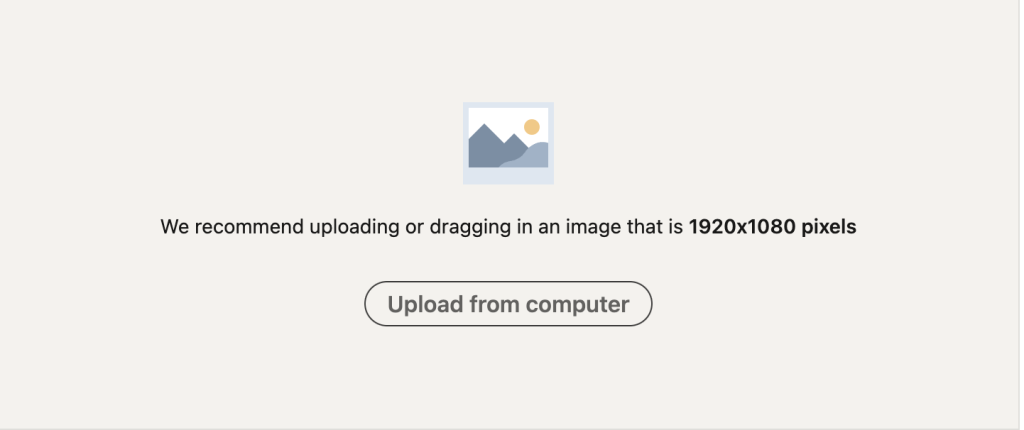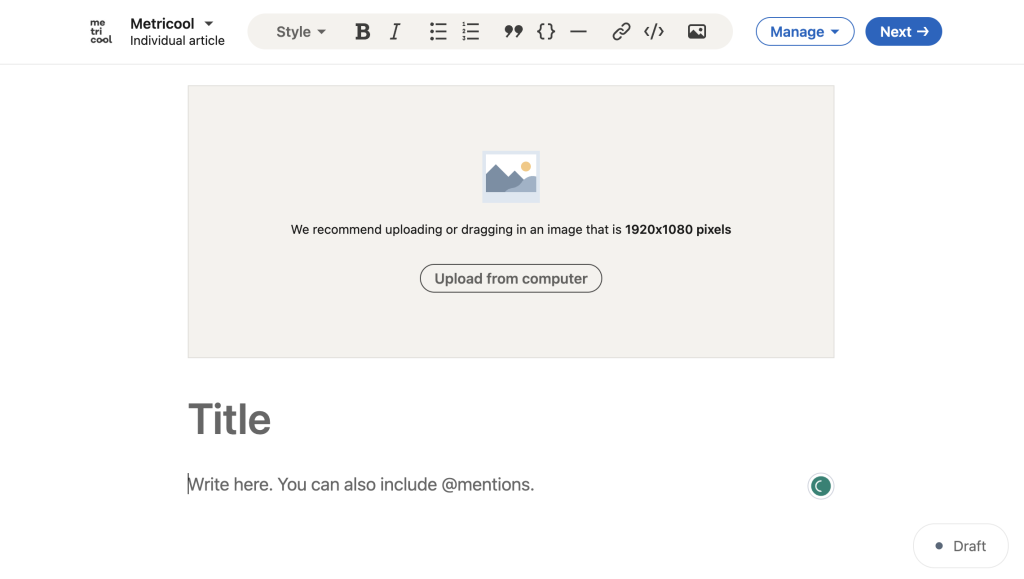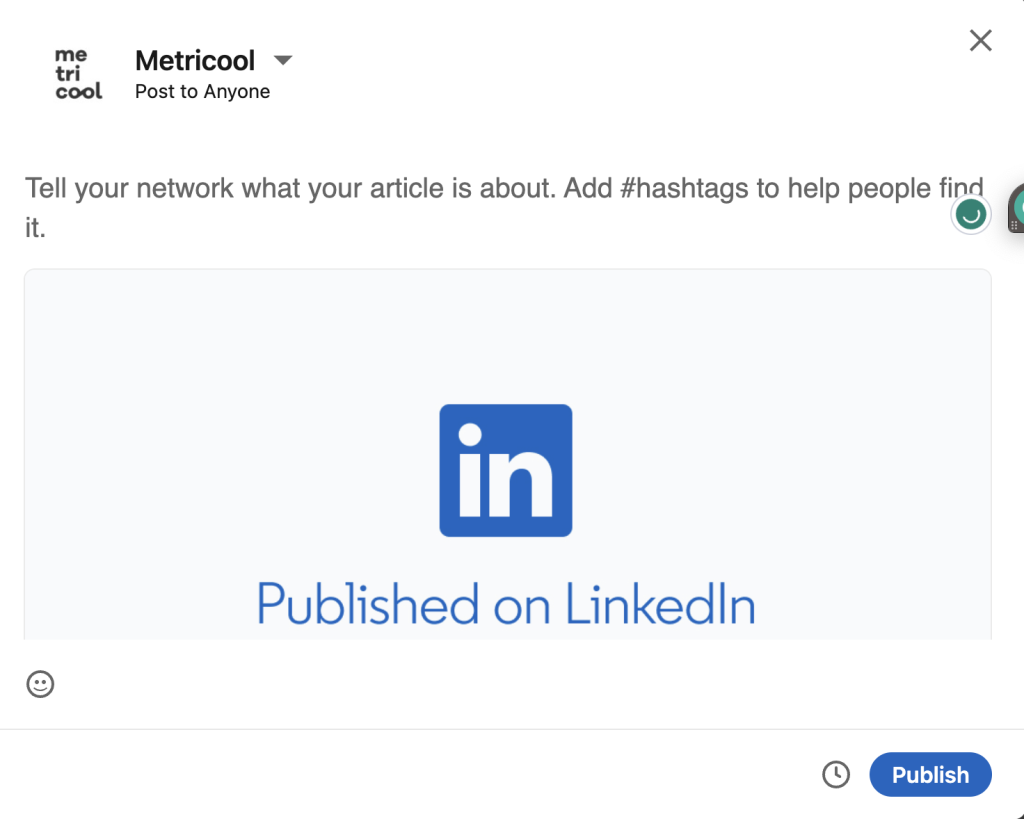How to Write LinkedIn Articles

While the LinkedIn algorithm has evolved to prioritize shorter content formats, long-form articles still hold an important place in a well-rounded social media marketing strategy. Mastering the art of LinkedIn articles can help elevate your brand’s authority, thought leadership, and overall impact within your industry.
Though LinkedIn articles may not enjoy the same level of prominence as before, they continue to provide unique benefits that marketers should not overlook – from establishing expertise to driving lead generation. By understanding best practices for creating high-performing articles and leveraging the full range of content types available on LinkedIn, you can strategically optimize your presence and achieve greater success on the platform.
What is a LinkedIn Article?
On LinkedIn, a long-form article is a tool for professionals to share in-depth knowledge, insights, and expertise with their network. By publishing these articles, individuals can establish themselves as thought leaders in their field, showcase their expertise, and engage with their connections on a professional level. LinkedIn articles offer a platform for users to share valuable information, industry insights, and personal experiences, ultimately aiming to educate, inform, and spark meaningful discussions within the LinkedIn community.
How to Post an Article on LinkedIn
You can post a LinkedIn article from your Feed, same as you would a LinkedIn post.
- Log into LinkedIn and go to your Feed. Click ‘Write article’ underneath the ‘Start a post’ space at the top of the page.

- Add a header image, title, and write the content of your LinkedIn article.

- You can include SEO settings, schedule your LinkedIn article, and view your drafts under the ‘Manage’ tab.

- Schedule or publish your LinkedIn article when you’re ready.

LinkedIn Articles Best Practices
In the era of short-form content, the quality and value of long-form LinkedIn articles are more crucial than ever. To make sure your articles stand out, consider these best practices:
- Know Your Audience: Understand the interests and needs of your target audience to create content that resonates with them.
- Create a Clear Title: Craft a title that is attention-grabbing and intriguing, as it serves as the first impression of your article and can impact reader engagement.
- Craft Compelling Content: Deliver high-quality, well-researched content that offer valuable insights and information to your audience.
- Use a Cover Image: Select a cover image that is directly related to your content to capture the audience’s attention and encourage them to explore your article further.
- Publish Regularly: Consistency in posting any content on LinkedIn helps maintain visibility and keeps your audience engaged, establishing a reliable presence.
- Optimize for SEO: Incorporate relevant keywords and tags in your articles to improve search engine visibility, enabling a broader audience to discover your content.
- Engage with Your Audience: Create a sense of community by responding to comments and interacting with your readers, building trust and credibility.
- Share and Promote: Extend the reach of your articles by sharing them on various social media platforms and relevant groups, encouraging others to share your content to amplify its impact.
- Monitor and Refine: Track the performance of your articles, gather feedback, and adjust your content and engagement strategies accordingly to continually improve and optimize your results on LinkedIn.
Ideas for LinkedIn Articles
LinkedIn articles offer a platform to explore a wide range of topics, themes, and ideas. From discussing industry trends and the impact of new technologies on the workplace to sharing personal stories, company news, or offering valuable advice and tips, there’s a wealth of possibilities. Here, we’ll delve into a few of these popular topics and explore examples of LinkedIn articles that have resonated with audiences over the years.
Future of work
Articles exploring trends and insights in the dynamic realm of work, including the surge of remote work, adoption of four-day workweeks, and shifts in workplace culture and productivity. This LinkedIn piece titled “How Chat GPT is Revolutionizing Work” delves into the transformative impact of ChatGPT on the future of work and offers insights on leveraging its potential in the workplace.
Personal lessons learned
Another effective approach is to share personal stories or lessons you’ve learned that can offer valuable insights and inspiration to your audience. Discussing mistakes you’ve made and how you overcame them can also make for compelling content that educates and resonates with readers. For example, this LinkedIn article “20 CEO Lessons Learned at HubSpot on the Journey from $0 to $20 Billion” features HubSpot CEO Brian Halligan sharing the hard-won wisdom he gained while growing his company into the industry powerhouse it is today.
Industry insights
Share your expertise with your audience by shedding light on valuable insights related to your industry. This LinkedIn article, “The Role of Technology in Modern Outsourcing: Innovation and Efficiency” explores how technology can help businesses reduce costs, scale operations, and boost efficiency, providing readers with a deeper understanding of these key trends and insights.
Why Write LinkedIn Articles?
Despite LinkedIn’s shift towards shorter content formats in recent years, long-form articles remain an important part of a comprehensive marketing strategy. The key is to create high-quality, informative content that genuinely provides value to your target audience.
Here are some of the key benefits of publishing LinkedIn articles:
- Rank on Google: LinkedIn articles can rank well on Google when people are looking for information on the topics you’ve covered. This can help you reach new audiences, including potential employers or clients searching for expertise in your niche.
- Increased Visibility: Publishing articles on LinkedIn can boost the visibility of your brand and expertise, particularly articles with high engagement.
- Thought Leadership: Sharing in-depth, informative articles positions you as an industry expert and thought leader, helping to build trust and credibility with your audience.
- Lead Generation: Providing genuinely helpful, valuable content can encourage readers to engage further with your brand, such as signing up for your email list or reaching out for more information.
- Long-Term Impact: Unlike short social media posts, LinkedIn articles have a longer shelf life and can continue driving results over time, even after the initial publication.
Other Types of LinkedIn Content
Beyond articles, LinkedIn allows you to post different types of content. Each type of content on LinkedIn can help you to engage your audience in different ways.
Types of LinkedIn content include:
- LinkedIn Posts: Short updates shared on your profile for quick thoughts, industry news, or updates. Posts can include multimedia like images, videos, and documents, fostering engagement and conversations with your followers.
- Collaborative Articles: A new LinkedIn feature tapping into community knowledge. These articles start as AI-generated topics, enriched by insights from the LinkedIn community. It provides a platform to learn from diverse experts and engage with professional topics.
- LinkedIn Newsletters: Curated content sent directly to followers’ email inboxes, ideal for broad audience reach and establishing thought leadership. Newsletters can share industry updates, insights, or personal experiences, fostering a loyal following and keeping your network engaged.
- LinkedIn Pulse: Previously used for long-form content, Pulse is now less prominent in the news feed as LinkedIn focuses more on short updates. While Pulse articles are still available, they may not receive as much visibility as before.
Know what to post on LinkedIn
LinkedIn offers various formats for sharing content, each with its own set of features and benefits. Understanding the differences between these formats can help you choose the best way to share your content and engage with your audience.
Some ways to manage your LinkedIn marketing strategy and improve your brand voice are:
- Use newsletters for sharing curated content with your followers and establishing yourself as a thought leader.
- Use articles for sharing in-depth information on a specific topic and driving additional traffic to your blog or external content.
- Use posts for sharing quick updates or news related to your industry and engaging with your followers.
- Use collaborative articles for tapping into the collective knowledge of the LinkedIn community and learning from experts across professional topics.
